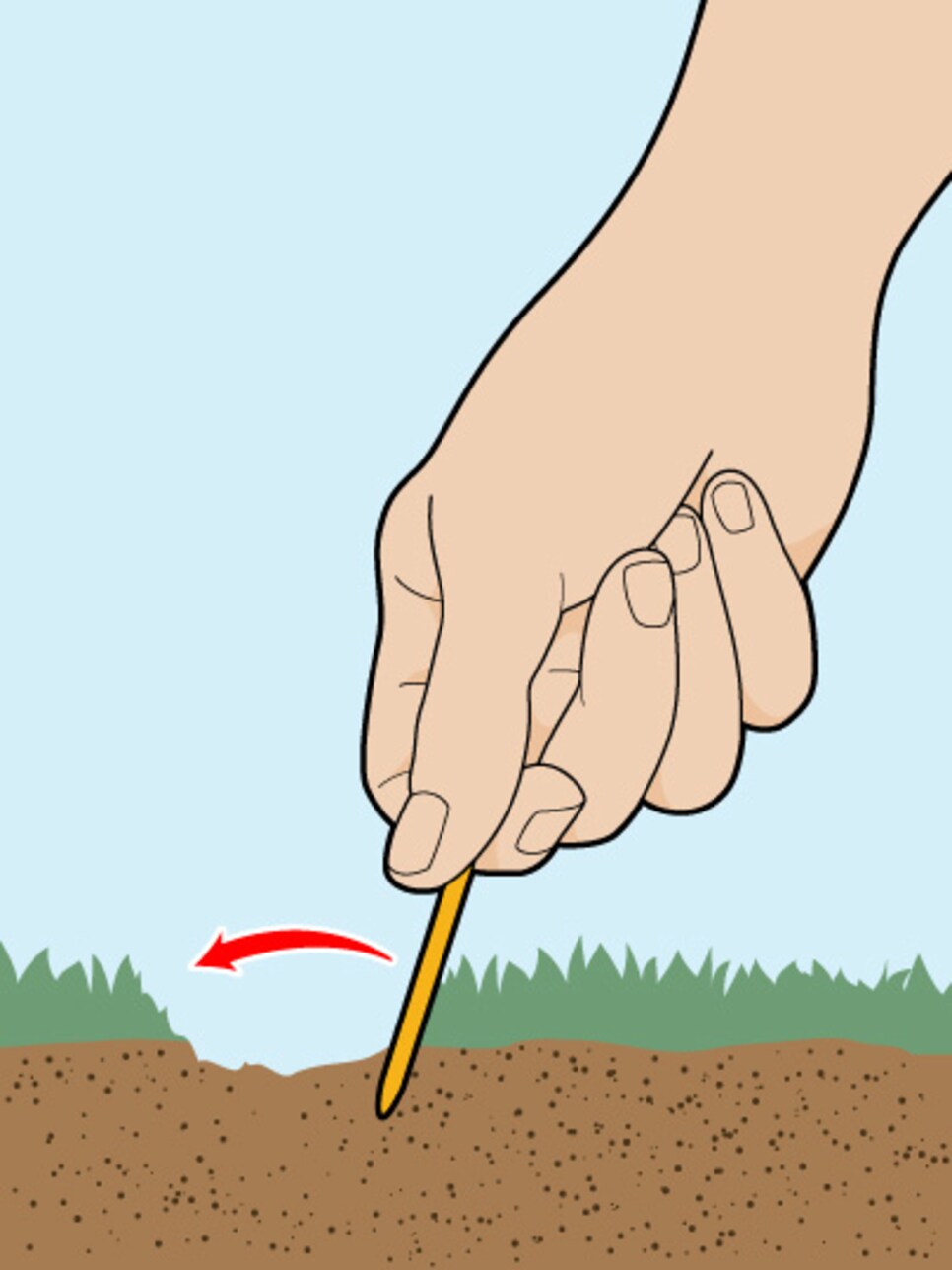[PHOTO: Patrick Smith]
Replacing your divots and repairing your pitch marks/ball marks are a golfer’s version of using your pleases and thank yous. We’re taught these simple steps early on because they are essential to keeping our courses in good condition.
Even if we know that we’re supposed to care for the course, often we’re not sure how to properly do so. Take repairing pitch marks, for example. Do it correctly and the green will look unscathed, but the wrong technique can exacerbate the damage, leaving coin-sized dead marks for weeks.
Ask A Super: We all want fast greens, why can’t you just cut them shorter?
To help us better understand how to repair (and not repair) a ball mark, we caught up with Paul Dotti, the director of grounds at Arcola Country Club in Paramus, New Jersey. Arcola is widely regarded as one of the best conditioned courses in the area, in large part because of Dotti’s practices and the members doing their part to maintain the high standard.
Golf Digest: Paul, we all know we need to repair our pitch marks, but there is a right and wrong way to do that, right?
Paul Dotti: For sure. If you don’t repair them properly, then the grass will not heal quickly. You might get those large [coin]-sized dead patches that take a while to grow back in.
Unfortunately, I think I’m sometimes guilty of not repairing them properly. The spots don’t look very smooth after I repair them. What am I doing wrong?
You’re likely lifting the middle of the pitch mark up. A lot of people do that, but you shouldn’t. When people stick a tee or divot-repair tool in and lift the middle up, that pulls the dirt to the surface. Once that dirt comes up, you’re going to get an uneven roll over that spot for a while. You’re not allowing the turf to heal properly.
I’ve heard some people talk about how “twisting” the edges of the mark can be harmful. Is that true?
No, usually it shouldn’t be, unless you’re being rough with it. The grass can handle a little of that twisting motion. The problem is when players go down into the turf and lift, like I said. A little bit of that is fine, but if they lift too much, it pops the dirt out of the hole.
When that happens, now you’ll have this void in the middle of the ball mark that will take a long time to fill in. The real issue is when that grass grows back in, often it will be Poa annua. If your greens are Poa annua, that’s not a big deal, but if you have bentgrass greens, that’s not good. If the bentgrass doesn’t creep over the damaged ball mark fast enough, this new Poa annua will replace that spot.
That can make the green very uneven, and when balls roll over that spot, they can bounce offline. It creates a bumpy playing surface. Ideally, you want your greens to be a uniform grass type, either all bent, Poa, Bermuda, or whatever you have.
So when I see little spots of a different grass type on my bent greens, that is what’s happening?
Yep, when little spots of grass die, often Poa annua will grow over. You’ve got to be careful with that because they can start to pop up all over the place. Properly repairing ball marks is key to preventing that.

OK, so we know how not to repair a pitch mark, what about the proper way to do it?
All you need to do is take the edges and gently push and turn them into the middle of the ball mark. That’s the best way. A tee is the best tool to repair them with, but even if you have one of those two-pronged tools, those work as well. Just turn the edges towards the middle and be sure to avoid a lifting motion.
If you do it the right way, usually you’ll just leave a little tiny scar in the middle. That’s normal and it will heal in a few days. It’s when you see a clump of dirt on the surface, that’s when you know you’ve done it wrong.
Should you repair pitch marks on cored greens? We asked a superintendent



